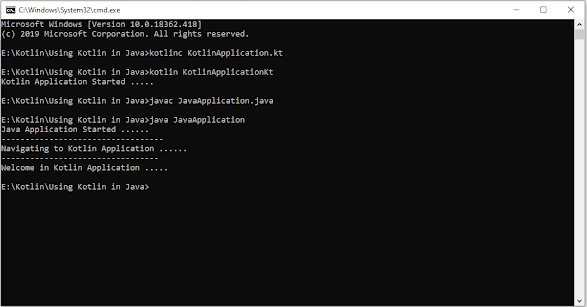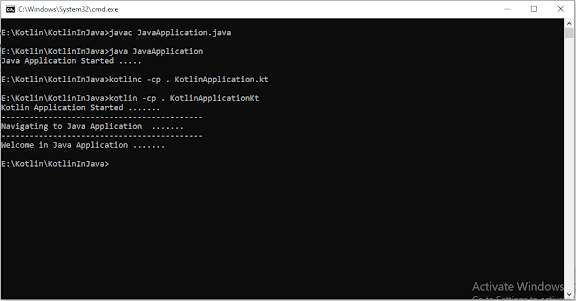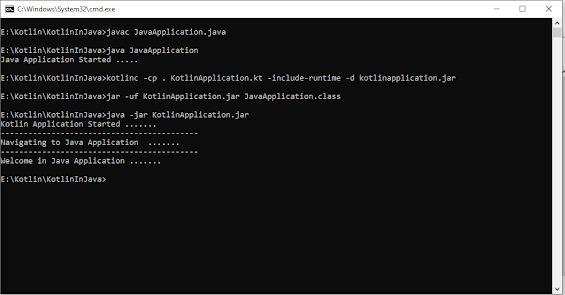package in.jk.sort;
public class QuickSortApplication {
public int[] numbers = { 5, 1, 8, 3, 6, 7, 9, 4, 2, 10 };
public int partition(int left, int right) {
int pivot = numbers[right];
int leftPointer = left - 1;
for (int i = left; i <= right - 1; i++) {
if (numbers[i] < pivot) {
leftPointer++;
swap(leftPointer, i);
}
}
int leftPointerIncriment = leftPointer + 1;
swap(leftPointerIncriment, right);
return leftPointerIncriment;
}
public void quickSort(int left, int right) {
if (left < right) {
int parttion = this.partition(left, right);
quickSort(left, parttion - 1);
quickSort(parttion + 1, right);
}
}
public void swap(int left, int right) {
int temp = numbers[left];
numbers[left] = numbers[right];
numbers[right] = temp;
}
public static void main(String[] args) {
QuickSortApplication quickSortApplication = null;
quickSortApplication =QuickSortApplication ();
int left = 0;
int right = quickSortApplication .numbers.length - 1;
quickSortApplication .quickSort(left, right);
System.out.println("Sorted Array :: ");
for (int element : quickSortApplication .numbers) {
System.out.print(element + " ");
}
}
}
Output :
Sorted Array ::
1 2 3 4 5 6 7 8 9 10









